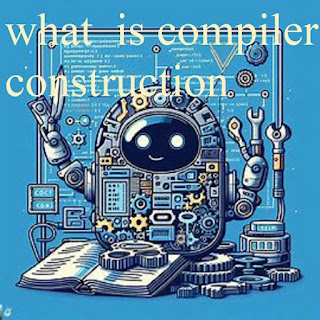Have you ever wondered how your code, written in high-level languages like Python or Java, gets transformed into something that computers can understand? This magic lies in the fascinating world of compiler construction.
Imagine a compiler as a translator. It takes your code, written in a language that humans can understand, and translates it into a low-level language that machines can understand. This low-level language is called machine code, and it's the language that the computer's processor directly executes.
In this article, we'll take a beginner-friendly look at compiler construction and explore its key phases, using simple examples and analogies to make it easier to understand.
1. Lexical Analysis: Breaking Down the Code
This phase is like reading a book and breaking it down into its individual words. The compiler identifies the basic building blocks of your code, such as keywords, identifiers, operators, and punctuation. These building blocks are called tokens.
n the lexical analysis phase, the compiler would identify the following tokens:
a (identifier)
= (operator)
1 (integer literal)
+ (operator)
2 (integer literal)
print (keyword)
( (punctuation)
) (punctuation)
This process is like separating the words and punctuation in a sentence.
2. Syntactic Analysis: Checking the Grammar
Semantic Analysis: Making Sure the Code Makes Sense
4. Intermediate Code Generation: Building a Blueprint
5. Code Optimization: Making the Code Faster and Smaller
This phase is like polishing your code to make it run faster and take up less memory. The compiler can apply various techniques to improve the efficiency of your program.
Imagine you're writing a poem. You want to make sure the poem is grammatically correct and reads well. But you also want to make sure it is as concise and impactful as possible. This is what code optimization is like.
The compiler can apply various techniques, such as removing unnecessary instructions, rearranging code blocks, and simplifying expressions. This can make your program run faster and take up less memory.
Code Generation: Translating the Code into Machine Language
Finally, the compiler generates the machine code that your computer can understand and execute. This code is specific to the type of computer you're using, and it's what actually makes your program run.
Imagine you're writing a song. You've written the lyrics and melody, but you need someone to translate it into a format that musicians can understand and play. This is what the code generation phase is like.
The compiler translates the intermediate code into machine code that is specific to the type of computer you're using. This code is then executed by the computer's processor, and your program comes to life!




0 Comments